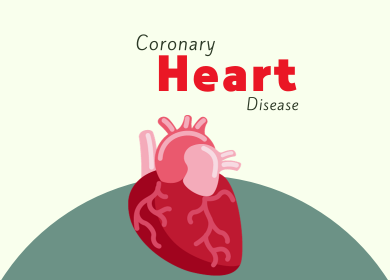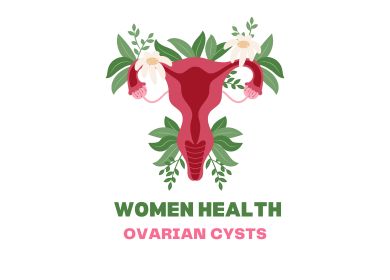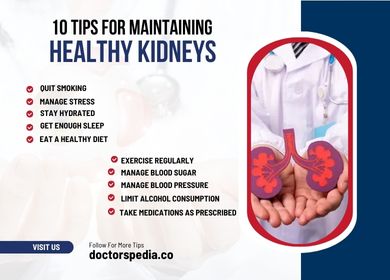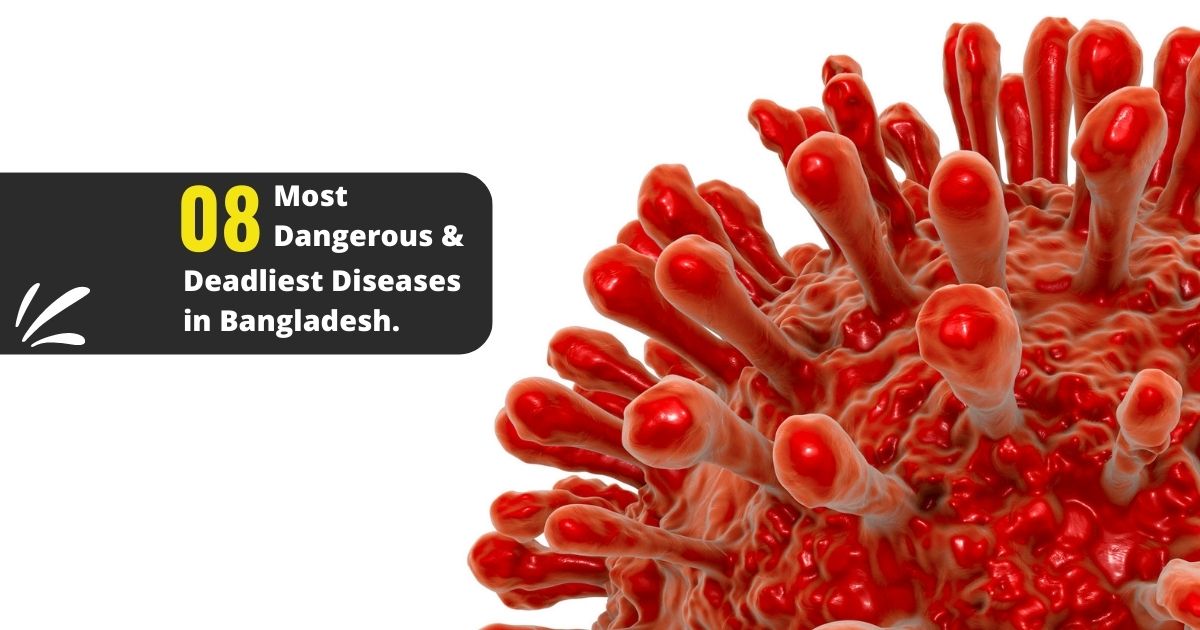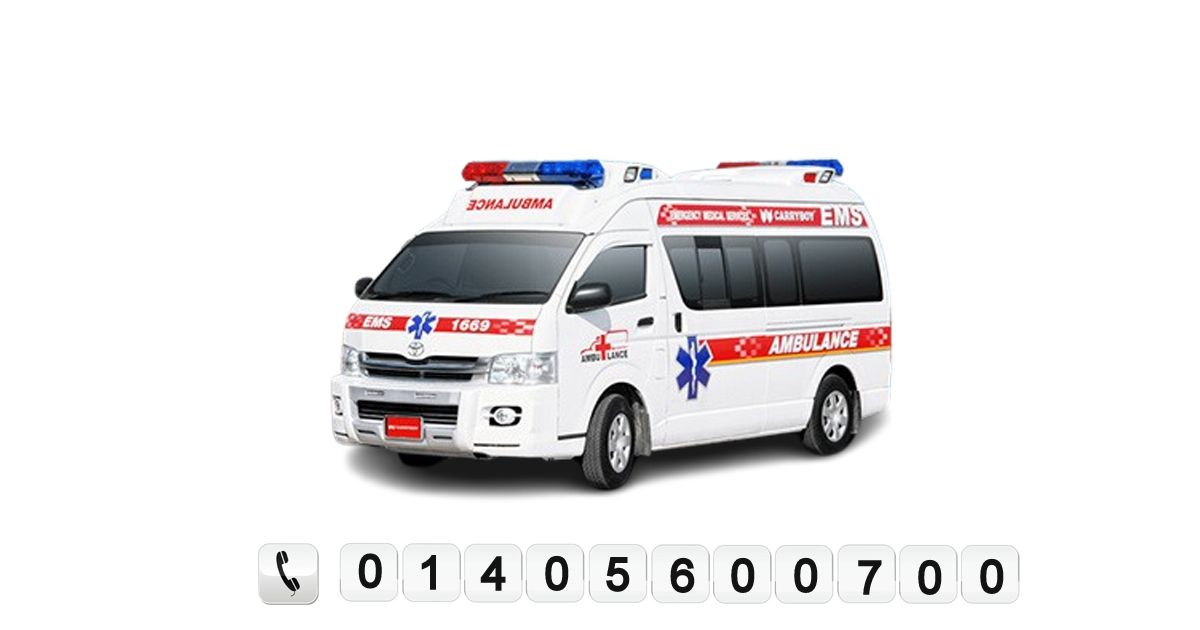The top 08 Most Dangerous and Deadliest Diseases in Bangladesh
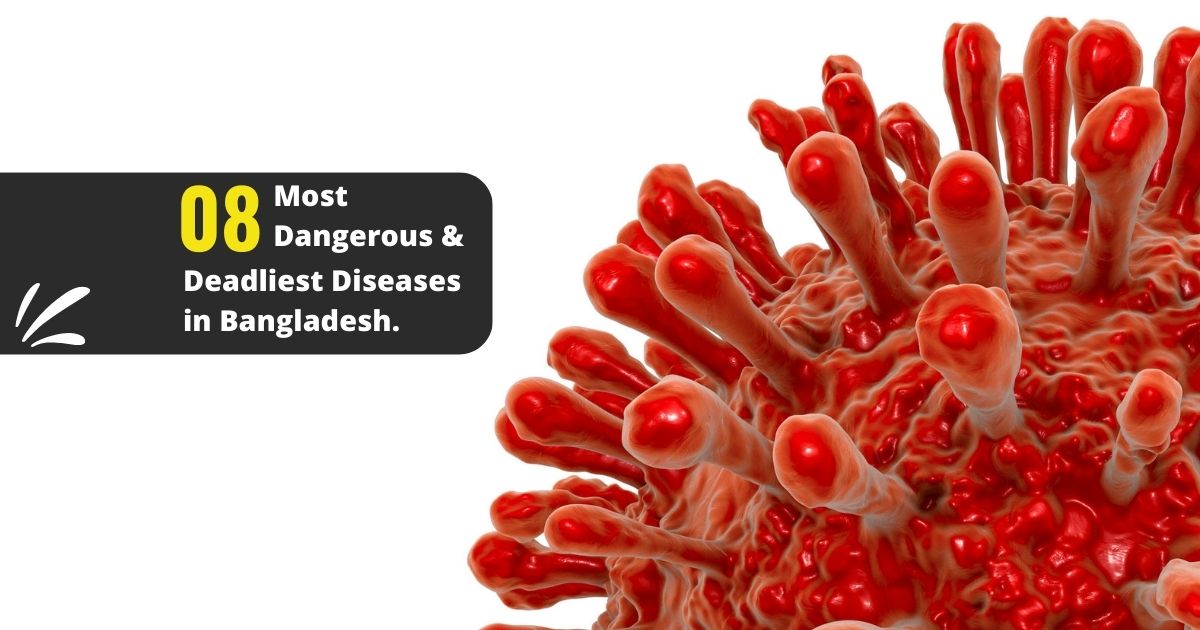
Maisha
Posted: 2023-03-25 15:20:28
The top 08 Most Dangerous and Deadliest Diseases in Bangladesh. Bangladesh is a small country in the world with abundant natural resources and a population of over 170 million. Due to the large number of people living in a small area, various types of diseases are prevalent among the Bangladeshi population. In this article, we will discuss the 8 most dangerous and deadly diseases in Bangladesh.
01. Cardiovascular Diseases (CVD)
02. Stroke
03. Respiratory Diseases
04. Tuberculosis (TB)
05. Chronic Obstructive Pulmonary Disease (COPD)
06. Diabetes
07. Diarrhea
08. Covid-19
Cardiovascular Diseases (CVD)
Cardiovascular diseases, which impact the heart and are a major cause of death in the country, can be identified by symptoms such as chest pain, shortness of breath, numbness in limbs, discomfort in the chest, and pain in other parts of the body. Factors that contribute to these diseases include tobacco consumption, insufficient physical activity, poor diet, genetics, pre-existing conditions like high blood pressure or cholesterol, being overweight, and a family history of such illnesses. To prevent cardiovascular diseases, individuals can maintain an active lifestyle, exercise regularly, monitor their weight, quit smoking, keep track of their blood pressure and cholesterol levels, and eat nutritious food rich in fiber, potassium, magnesium, and other beneficial nutrients.
Stroke
Stroke is a medical condition that occurs when blood flow to a part of the brain is interrupted or reduced, leading to brain cell damage or death. It is a serious and life-threatening condition that requires immediate medical attention. Common symptoms of stroke include numbness or weakness in the face, arm, or leg, difficulty speaking or understanding speech, vision problems, dizziness, and severe headache. Causes of stroke may include high blood pressure, high cholesterol, diabetes, smoking, and heart disease. Prevention measures for stroke may include quitting smoking, maintaining healthy blood pressure and cholesterol levels, regular exercise, and a healthy diet.
Respiratory Diseases
Respiratory diseases are illnesses that affect the respiratory system, such as the lungs, bronchi, trachea, and nasal passages. These diseases are a leading cause of death in many countries, including India. Common respiratory diseases include pneumonia, bronchitis, asthma, and chronic obstructive pulmonary disease (COPD). Symptoms of respiratory diseases can include coughing, sneezing, shortness of breath, fever, and fatigue. Causes of respiratory diseases can include exposure to pollution, tobacco smoke, or other harmful substances, as well as genetic factors or infections. Preventative measures for respiratory diseases can include quitting smoking, avoiding exposure to pollutants, regular exercise, and a healthy diet.
Tuberculosis (TB)
Tuberculosis (TB) is a serious infectious disease caused by bacteria known as Mycobacterium tuberculosis. It primarily affects the lungs but can also infect other parts of the body, such as the kidneys, spine, and brain. TB spreads through the air when an infected person coughs or sneezes, and it can also spread through contact with contaminated surfaces. The symptoms of TB can include a persistent cough that lasts for weeks, chest pain, fatigue, fever, night sweats, and weight loss. TB can be treated with a combination of antibiotics, but it requires a long-term treatment course lasting several months to ensure that the bacteria are fully eradicated.
Chronic Obstructive Pulmonary Disease (COPD)
Chronic Obstructive Pulmonary Disease (COPD) is a group of lung diseases that make it difficult to breathe. The most common types of COPD are chronic bronchitis and emphysema. Chronic bronchitis is when the air passages in the lungs become inflamed and narrowed, leading to a persistent cough and excessive mucus production. Emphysema is when the air sacs in the lungs are damaged, reducing their ability to take in oxygen.
COPD is most commonly caused by long-term exposure to irritating gasses or particulate matter, such as cigarette smoke, air pollution, or workplace dust and chemicals. Symptoms of COPD include shortness of breath, coughing, wheezing, and chest tightness. While there is no cure for COPD, it can be managed with medications, oxygen therapy, pulmonary rehabilitation, and lifestyle changes such as quitting smoking and avoiding irritants.
Diabetes
Diabetes is a chronic medical condition characterized by high blood sugar levels due to the body's inability to produce enough insulin or use it properly. Insulin is a hormone that helps regulate blood sugar levels. There are two main types of diabetes: type 1 and type 2. Type 1 diabetes is an autoimmune disease in which the body's immune system attacks and destroys insulin-producing cells in the pancreas, resulting in little or no insulin production. Type 2 diabetes, on the other hand, is a metabolic disorder in which the body is unable to use insulin effectively, resulting in insulin resistance. Diabetes can lead to a range of complications, including cardiovascular disease, nerve damage, kidney damage, eye damage, and foot damage. Management of diabetes involves regular blood sugar monitoring, medication (such as insulin or oral medications), lifestyle changes (such as exercise and diet), and close monitoring by a healthcare professional.
Diarrhea
Diarrhea is a medical condition characterized by frequent bowel movements that are loose or watery. It is usually caused by an infection in the digestive system, often due to viruses, bacteria, or parasites. Diarrhea can also be caused by certain medications, food intolerances, or other underlying health conditions. The symptoms of diarrhea can range from mild to severe, and may include abdominal cramps, nausea, vomiting, and dehydration. Treatment for diarrhea usually involves replacing lost fluids and electrolytes, and addressing the underlying cause of the condition. In some cases, medications may also be prescribed to alleviate symptoms.
Covid-19
COVID-19 is an infectious respiratory disease caused by the SARS-CoV-2 virus that was first identified in Wuhan, China in 2019. The disease spread rapidly across the globe, leading to a global pandemic. COVID-19 is primarily spread through respiratory droplets when an infected person talks, coughs, or sneezes, and it can also be spread by touching a surface contaminated with the virus and then touching one's face. Symptoms of COVID-19 include fever, cough, fatigue, body aches, loss of taste or smell, and difficulty breathing. The disease can range from mild to severe, and some people may not have any symptoms at all. Vaccines have been developed and are being administered worldwide to prevent COVID-19, and measures such as wearing masks, practicing social distancing, and frequent hand washing are recommended to slow the spread of the virus.
Finally; Knowing the health conditions and illnesses that are most likely to affect people in Bangladesh can assist in selecting health insurance policies that cover these ailments, as well as in making realistic predictions about life expectancy to aid policyholders in planning their term life insurance policies.
